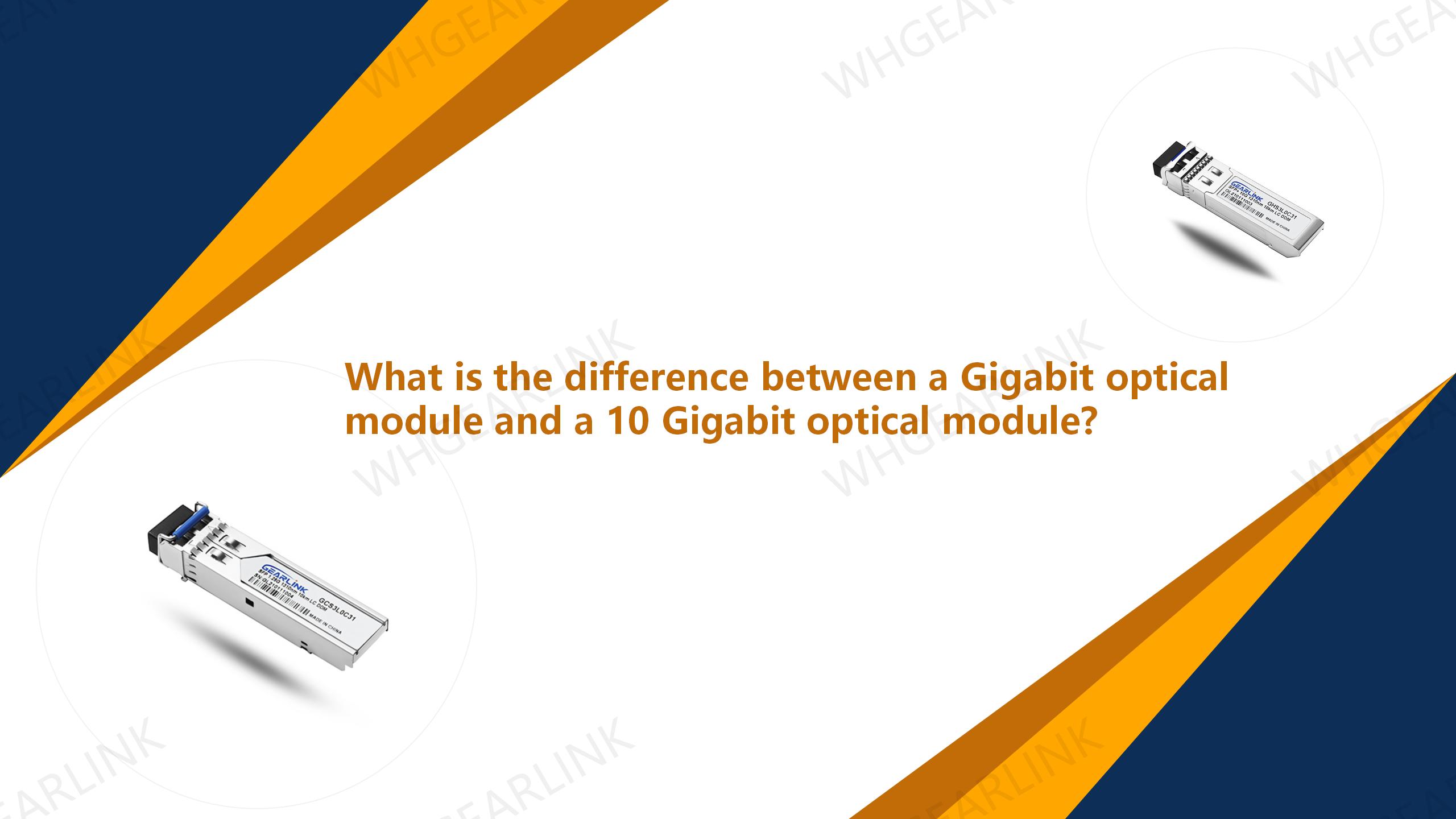Gigabit optical transceivers and 10 Gigabit optical transceivers have obvious speed differences in actual use. This article will explain some characteristics of the two transceivers, and point out how enterprises can better choose their own optical transceivers in practical applications to improve network efficiency.
In the field of network communication, Gigabit optical transceivers and 10 Gigabit optical transceivers are the most common and widely used two types of optical transceivers. The difference lies in the transmission rate, package, transmission distance, power consumption, transmitted optical power, received optical power, and application scenarios.
The transmission rate of Gigabit optical transceivers is 1 Gbps, and the transmission rate of 10 Gigabit optical transceivers is 10 Gbps, which means that the transmission speed of 10 Gigabit optical transceivers is nearly 10 times that of Gigabit optical transceivers, which can achieve higher bandwidth.
The second is packaging. Gigabit optical transceivers use SFP (Small Form-factor Pluggable) packaging, while 10 Gigabit optical transceivers use SFP+ (Small Form-factor Pluggable Plus) packaging. The physical dimensions of SFP+ and SFP packaging are the same, but the protocol they follow is different.
In terms of transmission distance, Gigabit optical transceivers can usually achieve longer distance transmission, up to 120km, while 10G optical transceivers can achieve the longest transmission distance of 80km.
In terms of power consumption, the power consumption of 10 Gigabit optical transceivers is higher, generally between 1 and 2 watts, while that of Gigabit optical transceivers is about 1 watt.
Finally, there are application scenarios. In practical applications, gigabit optical transceivers are capable of daily office work and basic data transmission for most enterprises, while 10-gigabit optical transceivers are more suitable for enterprises that require high-speed data transmission and low latency. For high-end network users, choosing 10G optical transceivers for networking can bring better network experience and efficiency.
In general, there are still obvious differences between Gigabit optical transceivers and 10 Gigabit optical transceivers. When enterprises choose optical transceivers, they should make choices according to their actual needs in order to achieve better network efficiency and performance improvement.


